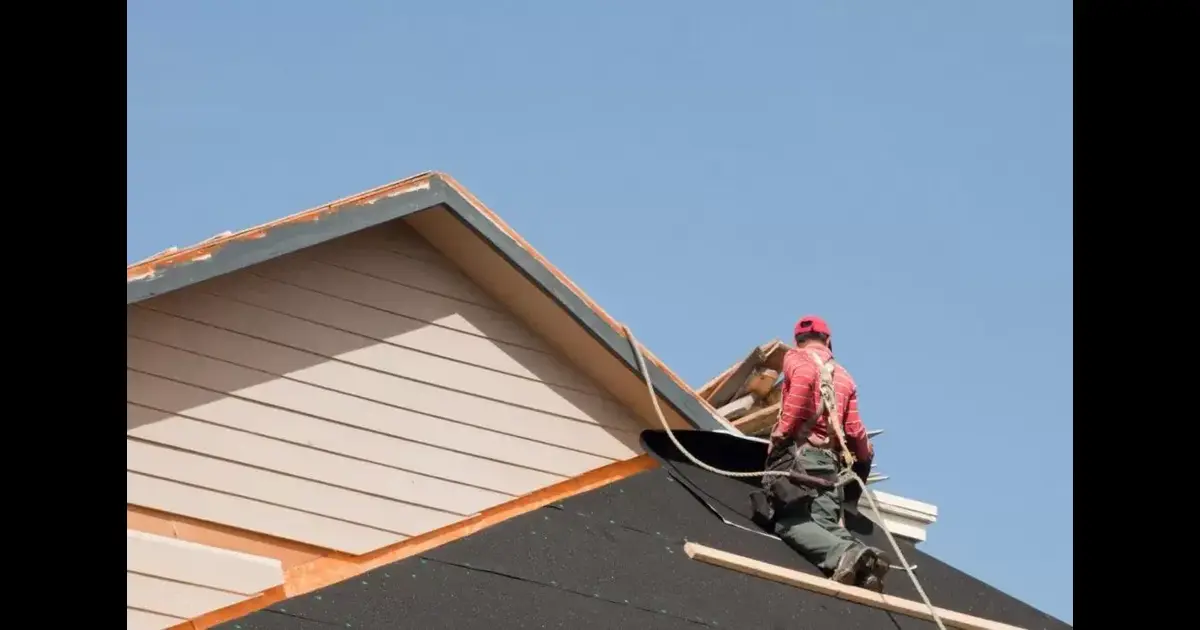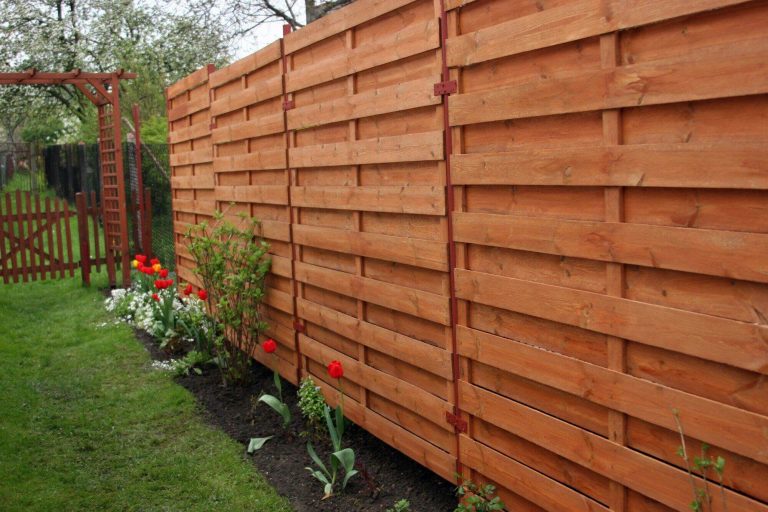How to Properly Assess and Repair Your Hail-Damaged Roof
The aftermath of a hailstorm can be a nightmare for homeowners, especially when it comes to assessing and repairing a hail-damaged roof. From shingles missing to cracks and dents on the surface, it can be overwhelming to know where to begin.
However, acting quickly and addressing the damages as soon as possible is crucial to prevent any further issues.
So keep reading as we guide you through the proper way of assessing and repairing your hail-damaged roof. Let’s get started!
Understanding the Damage
The first step to properly assess your hail-damaged roof is to understand the extent of the damage. Hailstones can range in size from pea-sized to as big as a grapefruit, which can greatly affect the severity of the damage.
It’s also important to note that not all types of roofing materials are equally susceptible to hail damage. Asphalt shingles, for example, are more prone to damage than metal or tile roofing.
Conducting a Roof Inspection
Once the storm has passed, it’s time to inspect your roof thoroughly. Hiring a reputable contractor with experience handling hail damage is recommended for an accurate and thorough assessment. However, if you decide to do it yourself, practice caution and use proper safety equipment.
While inspecting, keep an eye out for these signs of hail damage:
- Shingles with cracks or dents
- Missing shingles
- Indentations on metal roofing
- Granule loss on asphalt shingles
- Cracked or broken tiles
It’s also essential to check the gutters and downspouts for any signs of damage, as these can also indicate the severity of the hailstorm.
Assessing Structural Integrity
Hail damage goes beyond just aesthetic concerns; it can greatly affect the structural integrity of your roof. If left unaddressed, it can lead to leaks, mold growth, and even collapse in extreme cases.
Therefore, when assessing your hail-damaged roof, it’s crucial to check the underlying structure for damage. This includes the roof decking, support beams, and insulation.
If you notice any signs of structural damage, it’s best to contact this roof repair professional immediately for a proper assessment and repair plan.
Documenting the Damage
This step is often overlooked, but it’s crucial to document the damage before starting any repairs. Take photos and videos of the affected areas and any other visible damages around your property. This will prove your insurance claim and help you track the repairs and costs.
Insurance assessment can be complicated, and having photos and notes of the damage can make it easier for you and your insurance adjuster.
Repairing the Damage
After a thorough assessment, it’s time to repair your hail-damaged roof. The type of repair needed will depend on the severity and extent of the damage.
Minor damages, such as small cracks or missing shingles, can be easily fixed by replacing them with new ones. However, it’s best to leave the repair to a professional roofing contractor for more severe damage, such as large dents or structural issues.
It’s also crucial to use high-quality roofing materials and ensure the repairs are done correctly to prevent future issues.
Assess and Repair Your Hail-Damaged Roof Today
Assessing and repairing a hail-damaged roof is crucial for maintaining the structural integrity of your home and protecting your investment. By following the steps outlined in this guide, you can confidently address any damage and ensure a safe and secure roof.
Remember, a damaged roof is not something to ignore. So don’t delay! Schedule a professional inspection and get your roof repaired today!
We hope you found this article helpful. For more content like this, check out the rest of our site.



